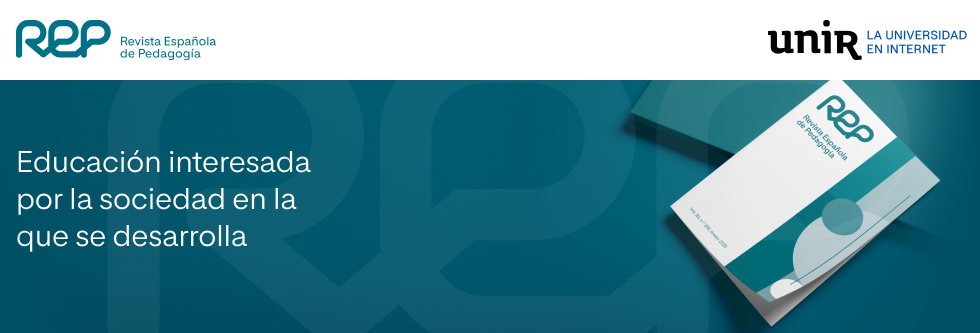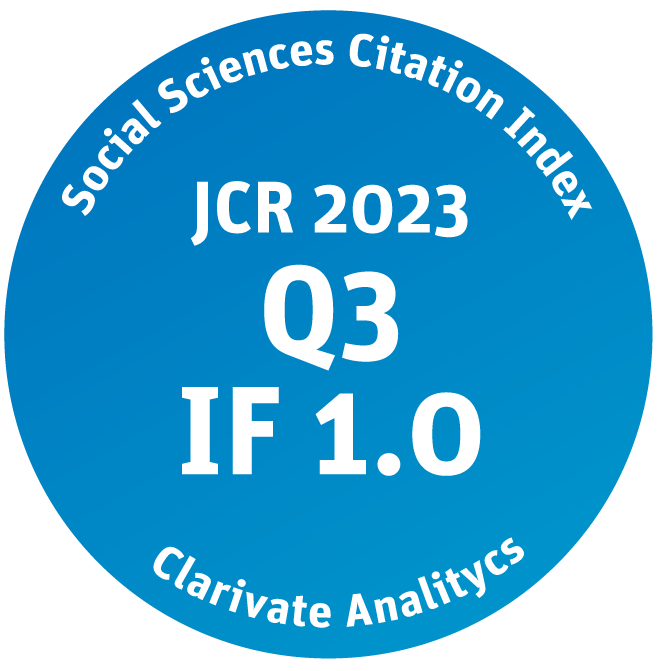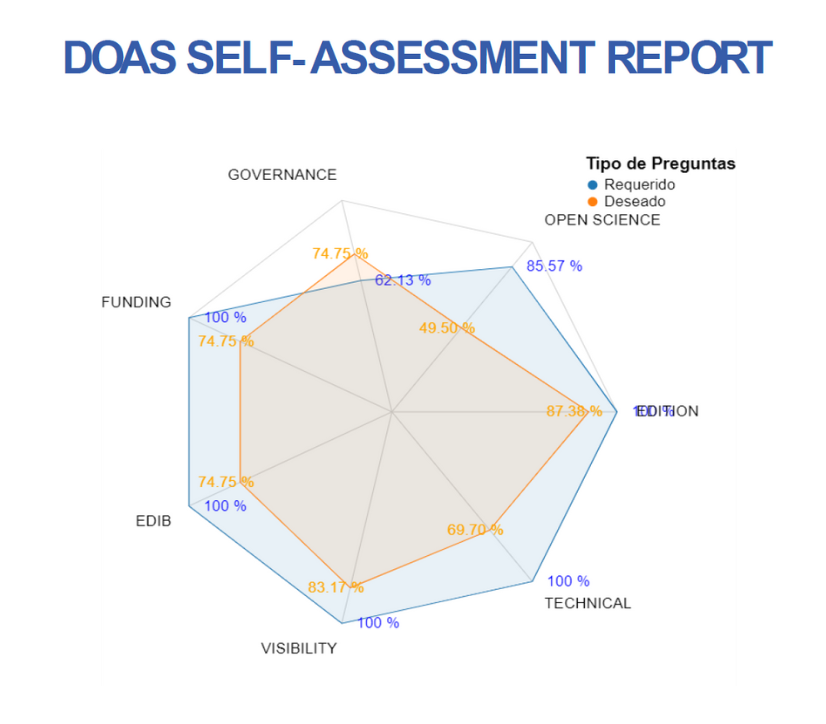Carrió-Pastor, M. L. (2019) (Eds.). Teaching Language and Teaching Literature in Virtual Environments. (Amare Tesfie)
Resumen
The teaching and learning of English as a foreign language has shifted its approach and attention as a result of technological application. It has widely changed the practice of education in general as well as English language teaching in particular. It influences students’ participation, the way the lesson is delivered, the way language is studied in and outside classroom, and it greatly improves the learning process and the relationship between the teacher and the students (Šafranj, 2013; Fuster & Clavel, 2010; Chambers & O’Sullivan, 2004). It has positive effects on learners’ attitude, thinking skills, autonomous learning and their confidence building. ,
Besides, information technology changed the traditional practice of language Learning and teaching and provides a new type of literacy (Akyuz & Yavuz, 2015; Chambers & O’Sullivan, 2004). Thus, technology assisted language learning has become the desired instructional tool in foreign and second language contexts. The reviewed volume entitled teaching language and teaching literature in a virtual environment was published in 2019 by Springer Nature Singapore Pte Ltd. It provides a panoramic explanation of the practice and application of technology in teaching English language and literatura and learning English in foreign language context, and it covers a wider technological concepts and applications in foreign language contexts. ,
The volume is composed of four parts with 15 individual chapters. The first part deals with methodology design for second language teaching in virtual environments and is composed of five chapters. This part starts with the work of Horn-Cheliz and Sarasa-Cabezuelo. The authors dedícate the role of information technology to teaching vocabulary skills. They also introduce a theoretical model “parasitic model” for acquiring second language vocabulary. ,
Furthermore, they address the main difficulties for learning vocabulary and strategies to overcome the difficulties. The second chapter of part I by Giglio reports the practice of oral production skills in E-learning contexts. It aims to reflect on the role of activities and tools used to practice oral skills in the context of foreign language education. Accordingly, distance learning, online foreign language teaching and related issues are covered. The third chapter is about language learning in the virtual world by B. Lech and N. Harris. The authors introduce language Learning models such as usage based learning and constructivism learning theory and their relation with online learning and learners’ autonomy. They claim that learners learn language skills while they participate in usage events. Furthermore, they also explain informal learning and the online approach to informal learning. The purpose of chapter four is to explore the best practices in the use of augmented and virtual reality technologies for second language acquisition by Scrivner, Madewell, Buckley, & Perez. The main purpose of this chapter was to indicate the role of immersive technology for foreign language teaching and learning. The authors of this chapter introduce various kinds of immersive technologies such as aurasma, thinkLink:web 2.0 and Google Cardboards. They also explain how to design, implement and evaluate these kinds of virtual reality technologies. ,
The fifth chapter is about integrating ‘talk abroad’ into an intermediate foreign language course: building learner autonomy and engagement through video conversations with native speakers by M. Sama and Wu. This was aimed at examining the efficacy and best practice in integrating a video-synchronous computer mediated communication tool ‘talk abroad’ into an intermediate foreign language course. The authors reported that by implementing this strategy, students showed increasing autonomy in linguistic development and self-regulated learning strategies. ,
The second part is about tools for second/foreign language teaching in virtual environments, and it covers from chapter 6 to chapter 9. Hence, the chapter starts with the work of Milojkovic, teaching English by skype: theoretical and practical considerations from the perspective of Serbian English teachers. In this chapter, the author stated that digital technologies play a great role in foreign language teaching and learning. It is proved that Skype is a potential tool for facilitating foreign language learning in a relaxing environment. ,
The sixth chapter is about frame Net as a resource for teaching Spanish as a foreign language by Jodar-Sanchez. The author elaborates how to teach vocabulary, grammar and metaphors via frame Net in foreign language context. The purpose of the eighth chapter is to explain how to use telecollaboration to develop soft skills in higher education foreign language programs, and it is recommended that higher education instuctors be must be aware of new technology to facilitate communication that improve competency in the learners’ future job. Chapter nine is about a comparative analysis of two online video conferencing initiatives for conversational practice with native speakers by Echevarria. The author describes and comparatively analyses two online videoconferencing initiatives carried out in Spanish courses. ,
The third part is about specific second language teaching in virtual environments. This chapter is started by the work of Losey-Leon and Balderas, Cogntive approach to adaptive testing implementation in virtual Maritime English language learning environment based on a spaced repetition system. Ribeiro, Morgado, Gaspar and Regio explain teacher training for CLIL in higher education through blended learning. The chapter elaborates the challenges in planning, preparation, implementation and results of blended learning courses in teacher training. The other chapter is about project-based learning in a virtual classroom: the case of English for tourism communication by Penalver. ,
Hence, the author states that problema based learning that makes use of technology is an effective way to enhance student motivation and foster their thinking skills to progressively move towards the understanding of specific problems. The purpose of the fourth part is to describe literature teaching in virtual environments. In this part, three main issues are discussed. These are digital storytelling in teacher training; development of basic competences, creativity and multimodal literacy, teaching poetry through songs in a virtual environment; from students’ reluctance to their quiescence and reflection, analysis and language practice; from individual critical thinking to collaborative learning using blogs in a literatura class are discussed by Ibarra-Rius and Ballester-Roca, Penalver and Lopa, and Giralt and Murray respectively. These researchers explore how technology can be a valuable resource for story telling in teacher education, for teaching poetry and for individual and critical thinking and collaborative learning. ,
This volume introduces various types of technologies that can be used in foreign language teaching classrooms. The readers can get various perspectives that are possible to apply in foreign and second language contexts. Hence, the book can be a good resource for foreign language teachers, educators and researchers who are interested in considering technology for teaching language and literature. ,
In addition, it can also be a valuable resource for scholars with an interest in technology, language teaching and literature teaching. The author uses pictures, graphics and images that make the book much more interactive and practical in language classrooms. The chapter starts with clear and informative abstracts and reference books are provided at the end of each chapter. I would like to comment that, although the book is interesting to read, I have observed that some chapters lack intensive arguments and detailed explanations. Despite this shortcoming, this informative and practical volume has achieved its purpose and can make a practical contribution to teaching language and literature via technology. ,,
Amare Tesfie ■ ,,
References ,
Akyuz, S., & Yavuz, F. (2015). Digital learning in EFL classrooms. Procedia-Social and Behavioral Sciences, 197, 766-769. ,
Chambers, A., & O’Sullivan, I. (2004). Corpus consultation and advanced learners’ writing skills in French. ReCall, 16 (1), 158-172. ,
Fuster, M., & Clavel, B. (2010). Corpus linguistics and its applications in higher education. Revista Alicantina de Estudios Ingleses, 23, 51-67. ,
Šafranj, J. (2013). Using information technology in English language learning procedure: blended learning. Procedia-Social and Behavioral Sciences, 83, 514-521.
Citación recomendada | Recommended citation
Tesfie, A.
(2023)
.
Carrió-Pastor, M. L. (2019) (Eds.). Teaching Language and Teaching Literature in Virtual Environments. (Amare Tesfie).
Revista Española de Pedagogía(1).
https://www.revistadepedagogia.org/rep/vol0/iss1/76
Licencia Creative Commons | Creative Commons License
Esta obra está bajo una licencia internacional Creative Commons Atribución-NoComercial 4.0.
This work is licensed under a Creative Commons Attribution-NonCommercial 4.0 International License









Commentarios | Comments
Carrió-Pastor, M. L. (2019) (Eds.).